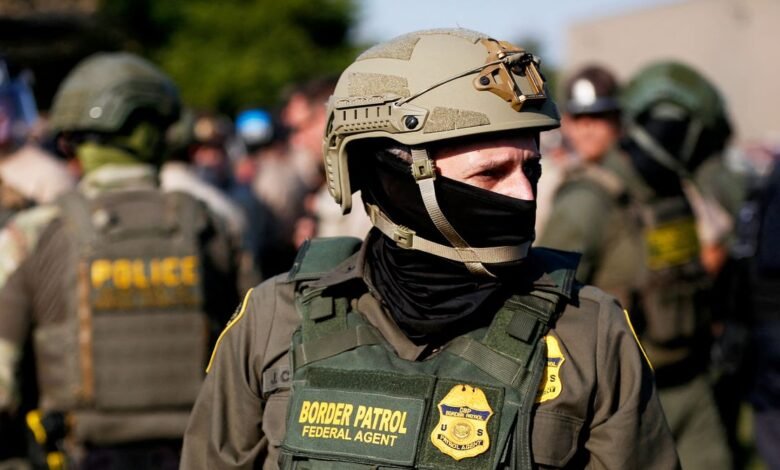DHS Plans AI Surveillance Trucks for Homeland Security

▼ Summary
– The US Department of Homeland Security is developing a mobile surveillance system (M2S2) that combines AI, radar, cameras, and wireless tech on 4×4 vehicles for border monitoring.
– The system would use computer vision AI trained on millions of images to detect and distinguish between people, animals, and vehicles from several miles away.
– This initiative is part of the Trump administration’s immigration crackdown, supported by a significant budget increase for DHS including over $160 billion for enforcement measures.
– M2S2 would operate in two modes: with an agent present or autonomously, sending alerts to remote operators and storing all data securely for at least 15 days.
– Detected objects would be located on digital maps within 250 feet accuracy and shared via the TAK app, a military mapping platform for coordination.
The US Department of Homeland Security is moving forward with plans to deploy advanced mobile surveillance trucks equipped with artificial intelligence, high-resolution cameras, and radar systems. These rugged 4×4 vehicles are designed to operate as autonomous observation towers, capable of reaching isolated regions and significantly expanding border monitoring beyond the limitations of fixed installations.
Customs and Border Protection recently issued a pre-solicitation notice outlining the Modular Mobile Surveillance System, or M2S2. Technical documents accompanying the notice detail performance requirements and design objectives for the proposed platform. Agency officials have not provided additional comments regarding the initiative.
Once deployed, the M2S2 platform would enable border agents to position their vehicles, extend a telescoping mast, and begin monitoring activity across several miles within minutes. The system’s core technology relies on computer vision, a form of artificial intelligence that processes visual information to identify shapes, thermal signatures, and movement. These sophisticated algorithms, originally developed for military drone applications, undergo extensive training using millions of images to accurately differentiate between humans, wildlife, and various types of vehicles.
This surveillance development coincides with the current administration’s intensified immigration enforcement measures, which have drawn criticism from advocacy groups and sparked public demonstrations. Congressional funding allocations have substantially increased the Department of Homeland Security’s resources, with immigration enforcement and border security receiving over $160 billion in the most recent budget proposal. The administration has requested what would represent the largest budget expansion in the agency’s history, directing substantial resources toward enhanced border enforcement, expanded detention facilities, and advanced surveillance technologies.
Technical specifications indicate the system will identify and track objects with positional accuracy within 250 feet, though developers aim to achieve precision of approximately 50 feet. Location data will be transmitted through TAK, a tactical mapping application originally created by the Defense Department to coordinate military operations and prevent friendly fire incidents.
The surveillance trucks are designed to function in two distinct operational modes. One configuration involves an agent physically present at the vehicle, while the alternative allows for mostly unattended operation where the onboard AI conducts continuous monitoring and alerts remote operators to detected activity. All mission data, including video footage, geographic information, and sensor readings, will be preserved for at least 15 days with protections against deletion under any circumstances.
(Source: Wired)





